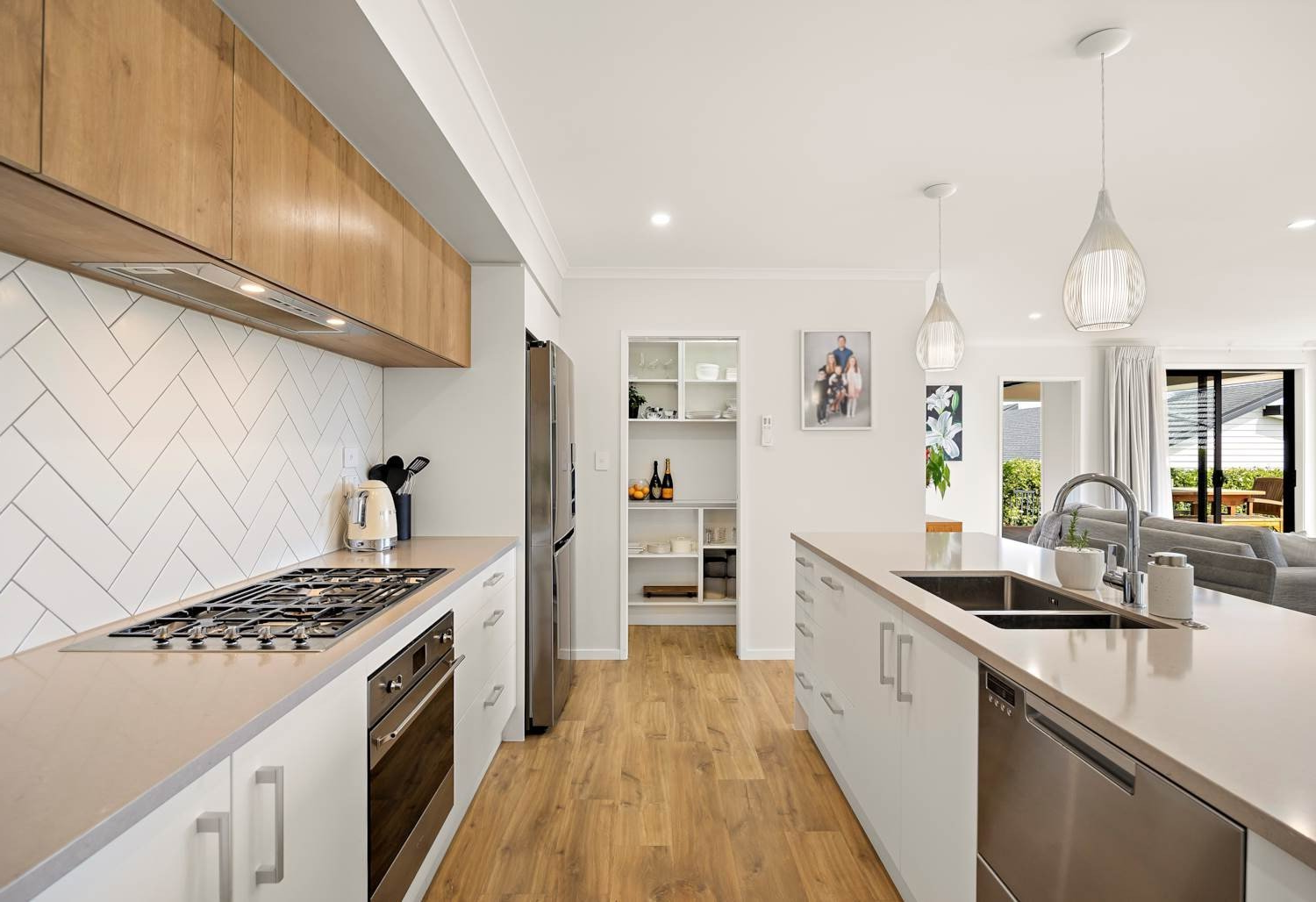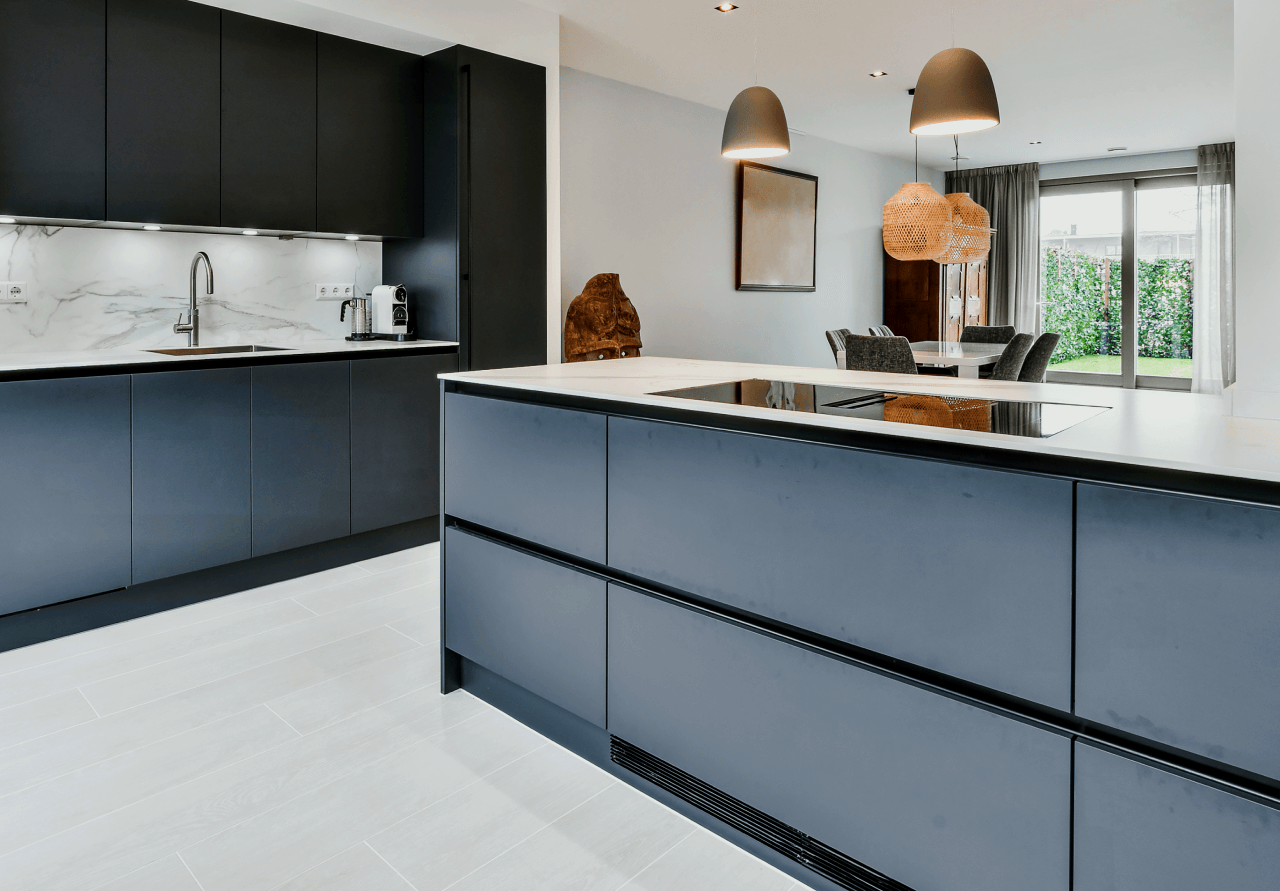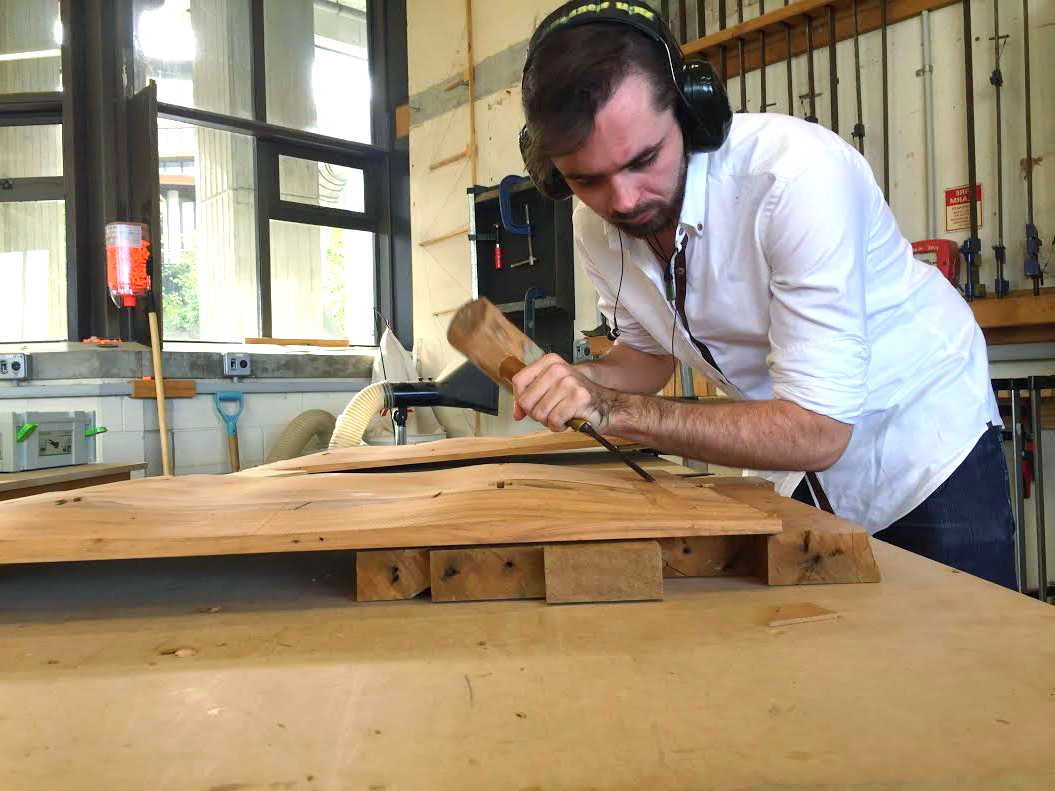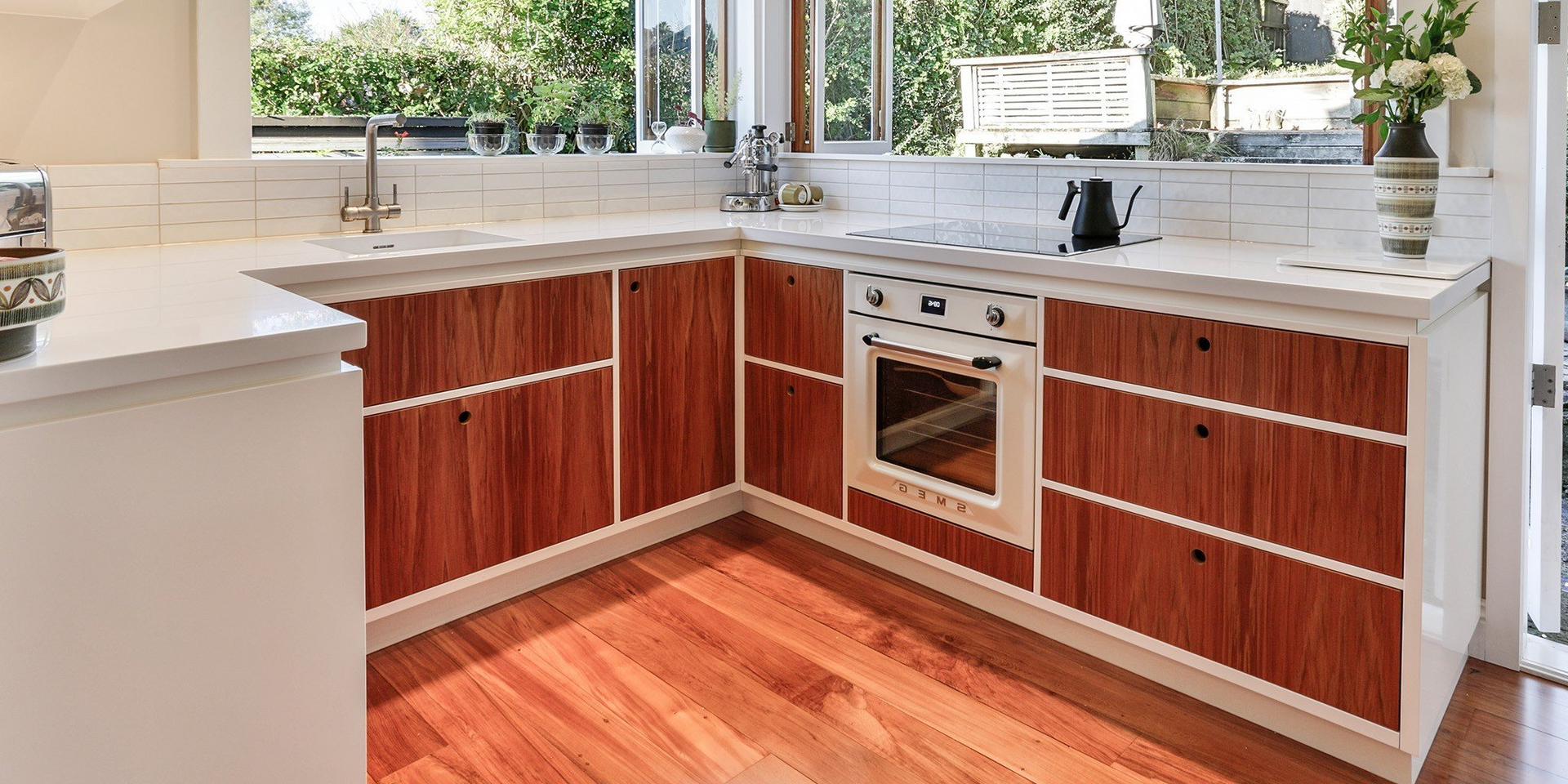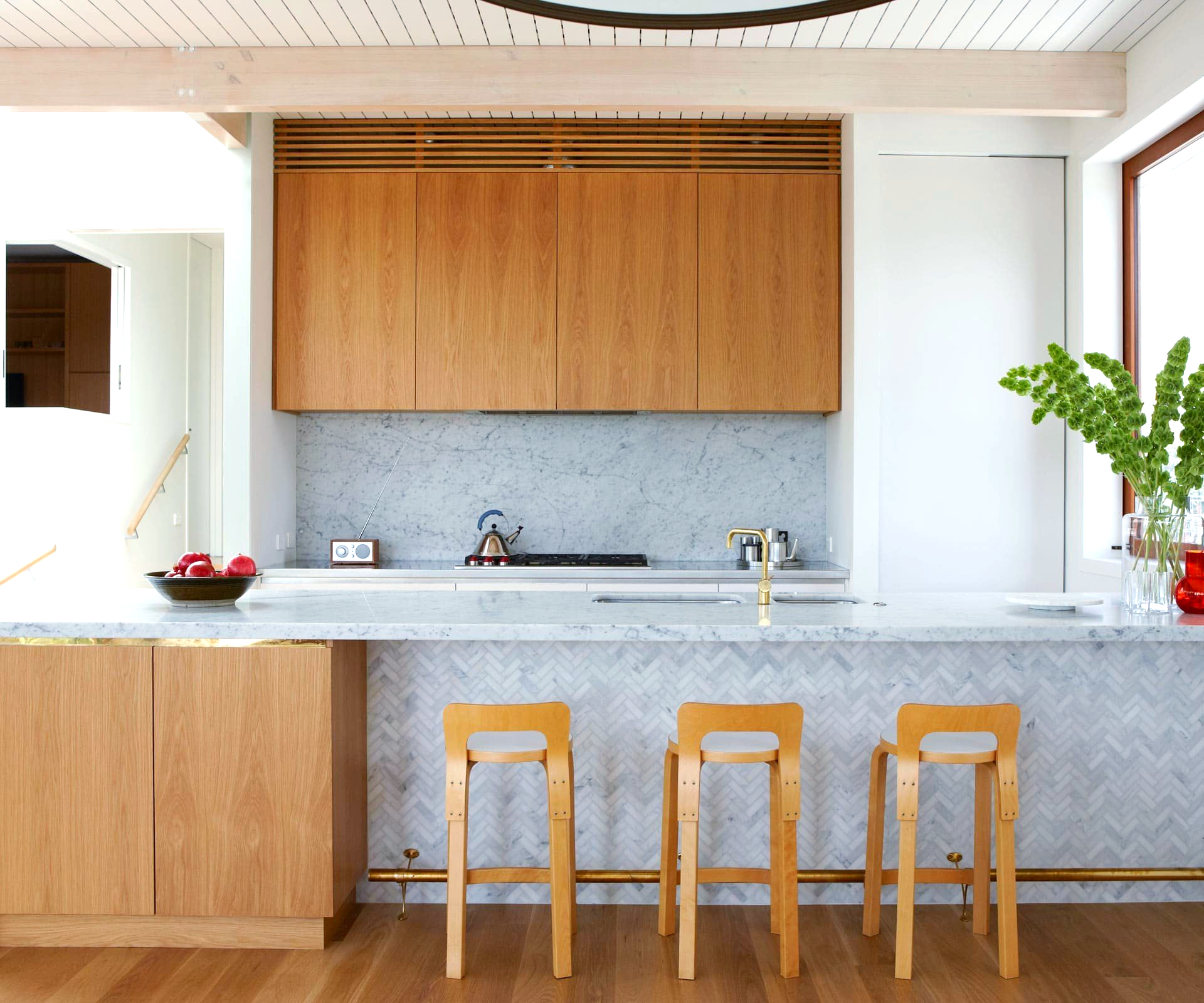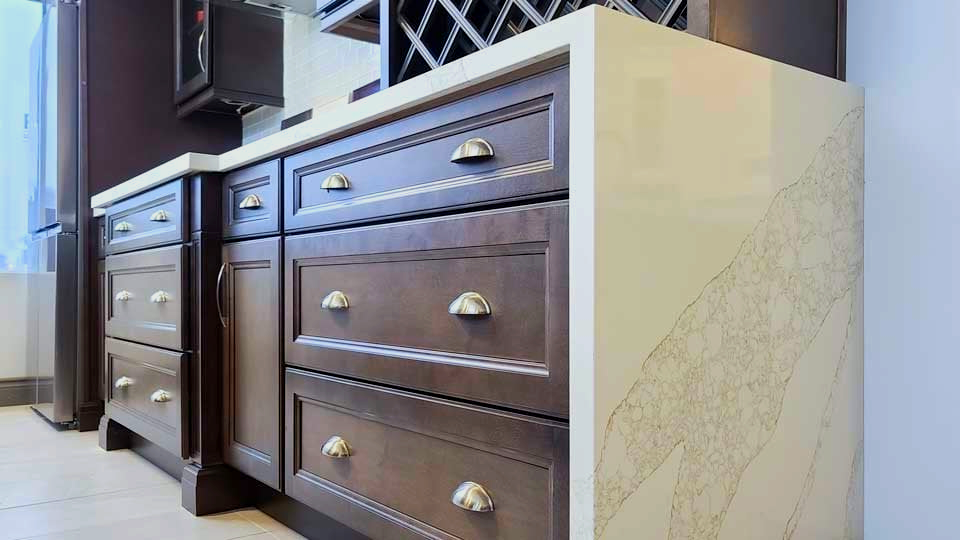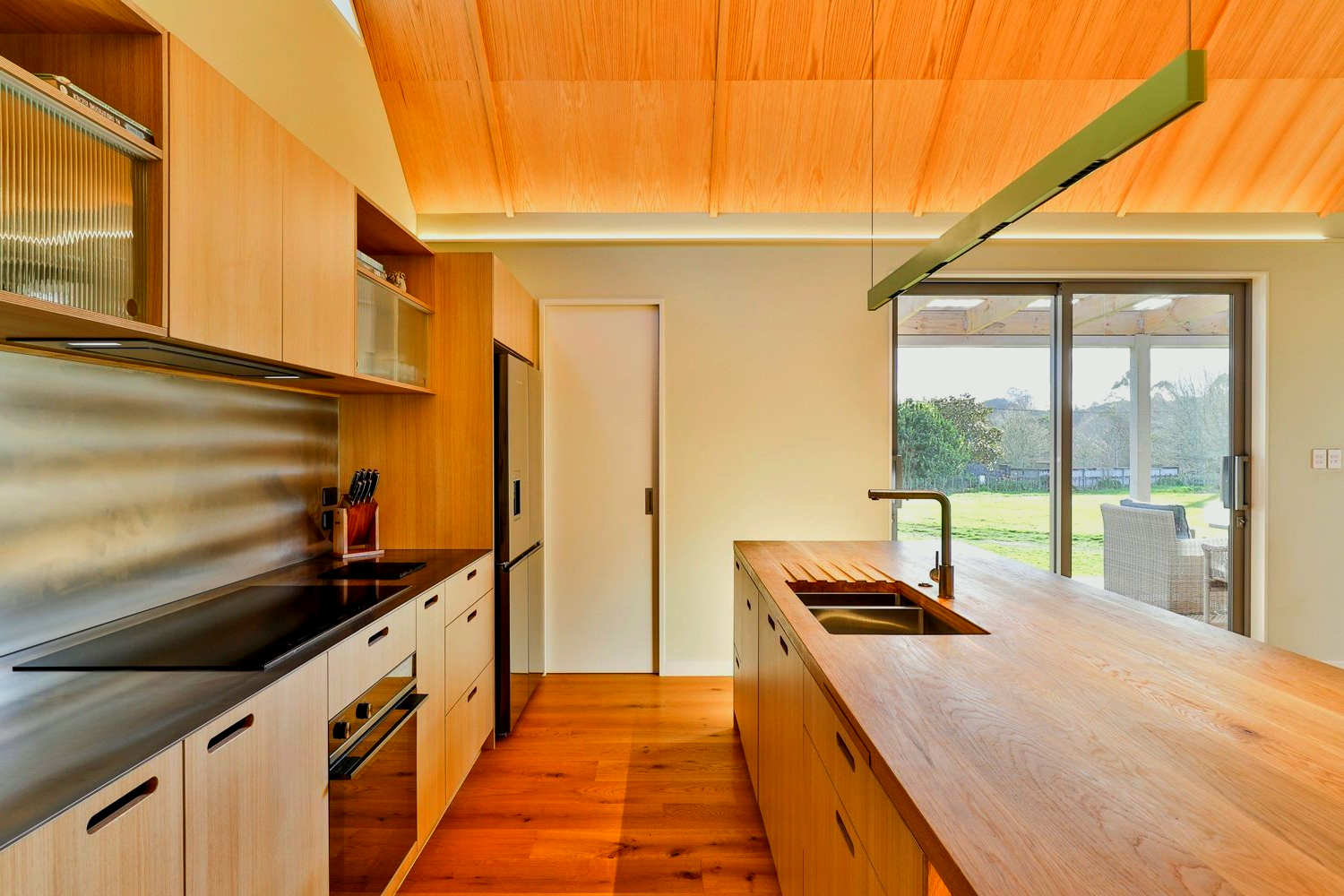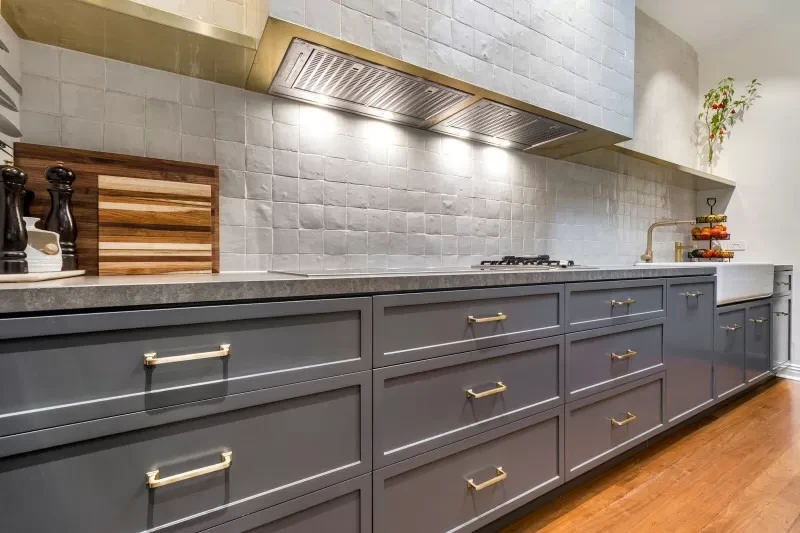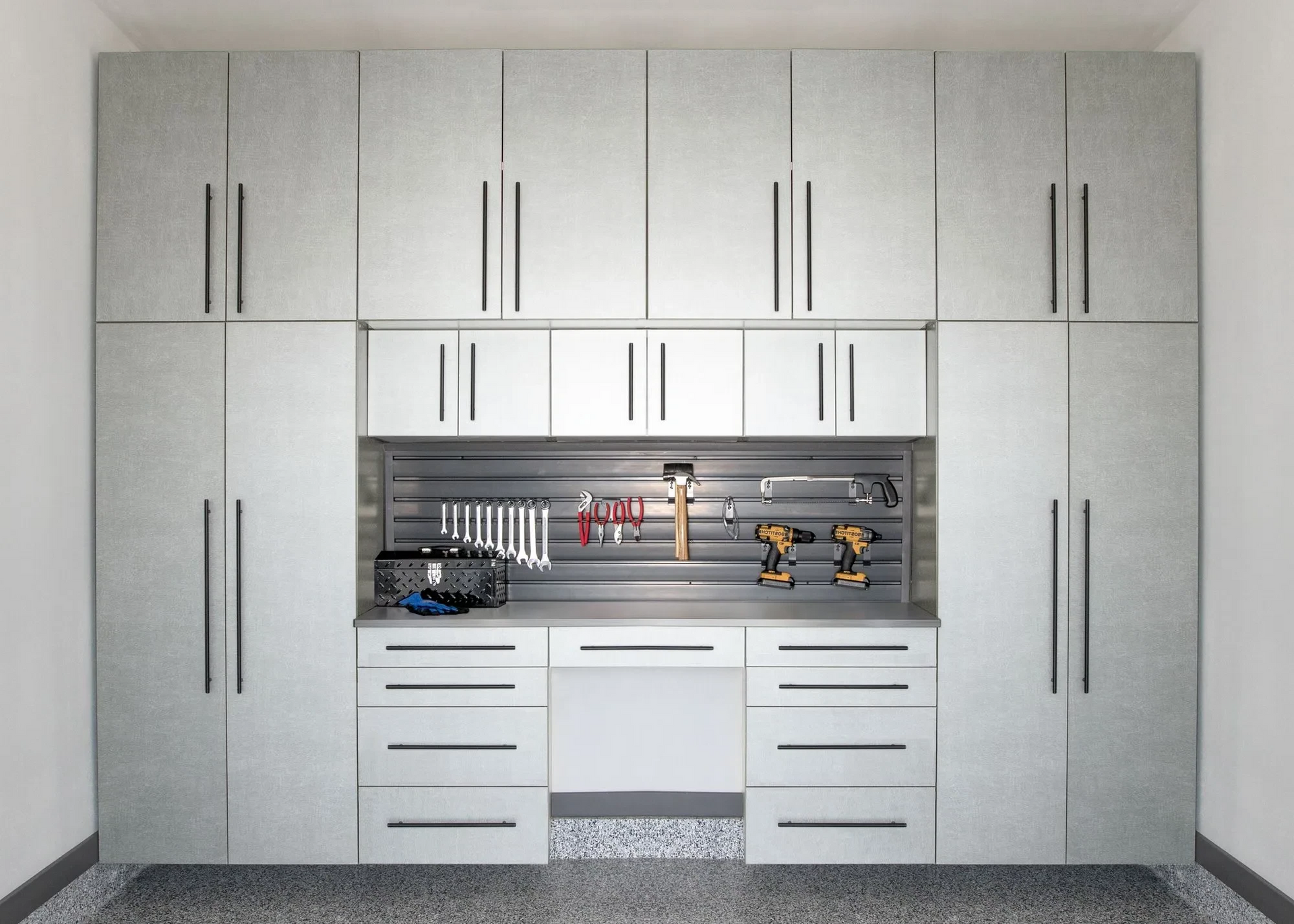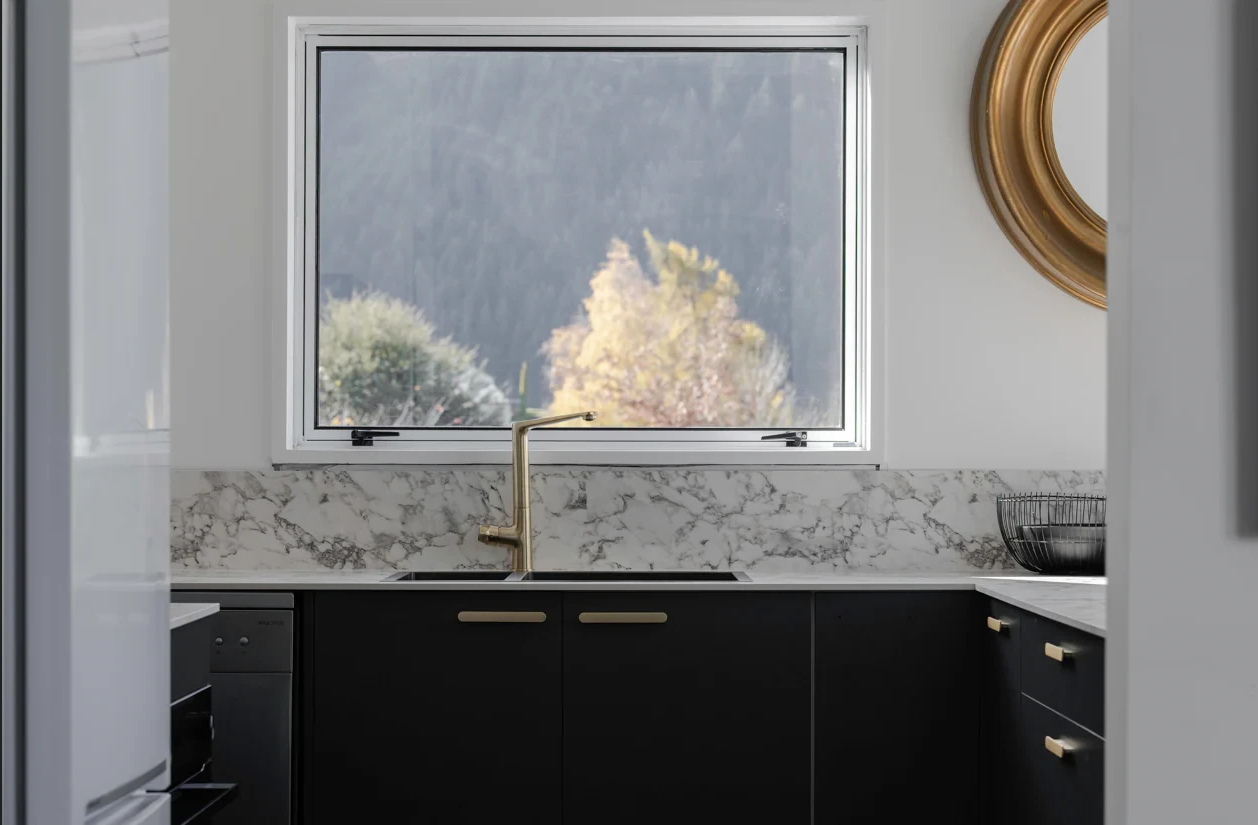What is the Difference Between a Carpenter and a Cabinet Maker?
Many homeowners wonder about the distinct differences between carpenters and cabinet makers when planning their home improvements. While carpenters work on various wooden structures and general construction projects, cabinet makers specialise in crafting custom furniture, cabinetry, and detailed joinery work.
At Sydney Cabinet Makers, we've noticed that clients often use these terms interchangeably, yet the skills and expertise required for each profession are quite distinct. Cabinet makers focus on precision work, creating bespoke storage solutions and fine furniture pieces that seamlessly integrate into your space.
Professional cabinet makers undergo specialised training in furniture design, material selection, and intricate joinery techniques. We combine traditional craftsmanship with modern technology to produce high-quality custom cabinets that meet specific measurements and style preferences.
Key Takeaways
- Cabinet makers specialise in precision furniture and joinery while carpenters handle broader construction work
- Custom cabinet making requires specific training in furniture design and detailed joinery techniques
- Local cabinet makers provide personalised solutions tailored to your exact space requirements

Key Differences Between Carpenters and Cabinet Makers
While both trades work with wood, carpenters and cabinet makers possess distinct specialisations that set them apart in terms of skills, tools, and project scope. Each profession requires unique expertise and specific approaches to woodworking.
Distinct Skills and Craftsmanship
Cabinet makers focus on precise, detailed work with an emphasis on creating fine furniture and custom storage solutions. We specialise in exact measurements, intricate joinery, and achieving perfect finishes for every piece. Carpenters typically handle broader construction work, from framing houses to installing doors and windows. Their skills encompass structural work, rough carpentry, and general woodworking tasks. Cabinet makers must master complex wood joint techniques and understand furniture design principles. Our work demands extremely tight tolerances, often working to 0.5mm precision.
Tools and Techniques Used
Cabinet makers rely heavily on specialised machinery like table saws, router tables, and edge banders. We use precision measuring tools and sophisticated jigs for consistent, accurate cuts. Hand tools for cabinet making include Japanese pull saws, specialty planes, and detailed chisels. These tools enable the creation of precise joints and fine details. Carpenters commonly use nail guns, circular saws, and heavy-duty power tools. Their toolkit focuses on efficiency for larger-scale construction projects.
Materials and Work Scope
Cabinet makers primarily work with sheet goods like plywood and MDF, along with solid timber for custom pieces. We frequently use decorative veneers, laminates, and specialised hardware. Our projects typically involve kitchen cabinets, wardrobes, and high-end furniture pieces. Each project requires careful material selection and detailed planning. Carpenters work with structural timber, wooden beams, and construction-grade materials. Their scope includes wall framing, roof construction, and general building work.
Choosing the Right Professional in Sydney
Selecting the right professional for your woodworking project makes a significant difference in the final result. Both carpenters and cabinet makers offer distinct skill sets that cater to different types of projects.
When to Hire a Carpenter
Carpenters excel at structural woodwork and general construction tasks. They're ideal for projects like building decks, installing doors, or completing basic shelving units.
Carpenters possess the skills to handle rough carpentry work and basic joinery. We recommend hiring a carpenter when you need:
- Home renovations and repairs
- Timber framing
- Basic built-in wardrobes
- Simple storage solutions
- General woodworking repairs
When to Choose a Cabinet Maker
Cabinet makers specialise in creating precise, custom-fitted furniture and storage solutions. Their expertise lies in detailed joinery and fine woodworking.
These projects are best handled by cabinet makers:
- Custom kitchen cabinetry
- Precision-fitted wardrobes
- High-end furniture pieces
- Specialised storage units
- Detailed interior joinery
Why Trust Sydney Cabinet Makers
We bring over 20 years of specialised experience in custom cabinetry and fine woodworking to every project. Our team focuses exclusively on premium cabinet making and custom joinery solutions.
We maintain strict quality standards through:
- Premium materials sourced from Australian suppliers
- Advanced workshop equipment
- Detailed project planning
- Precision installation techniques
We hold all necessary licences and insurance for cabinet making in NSW. Each project receives personal attention from our master craftsmen.
